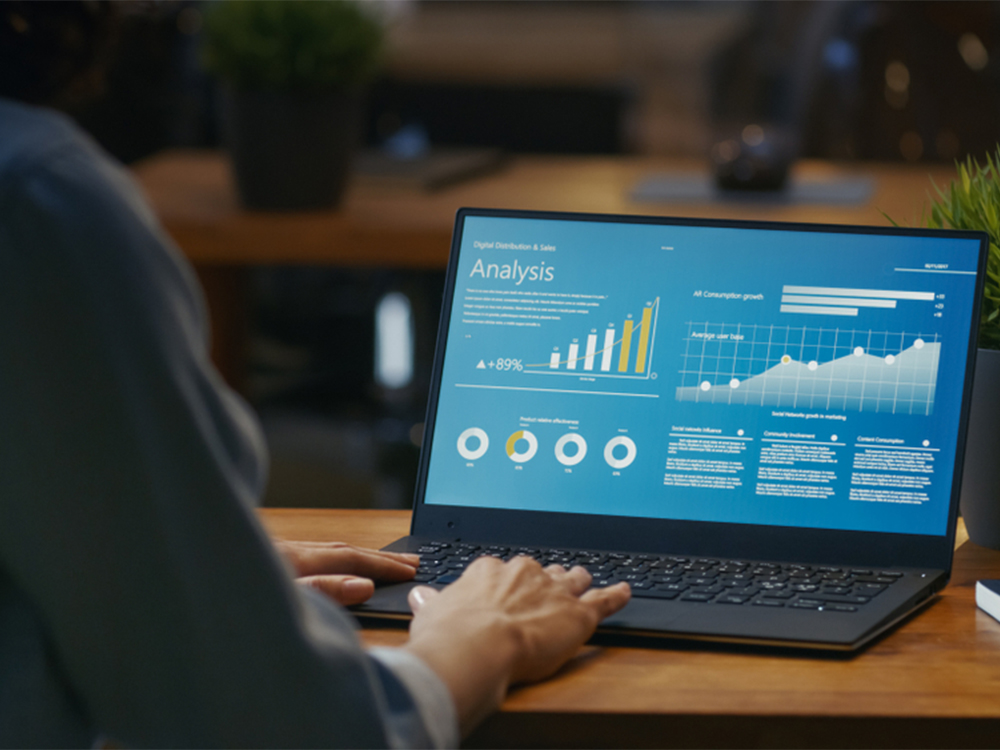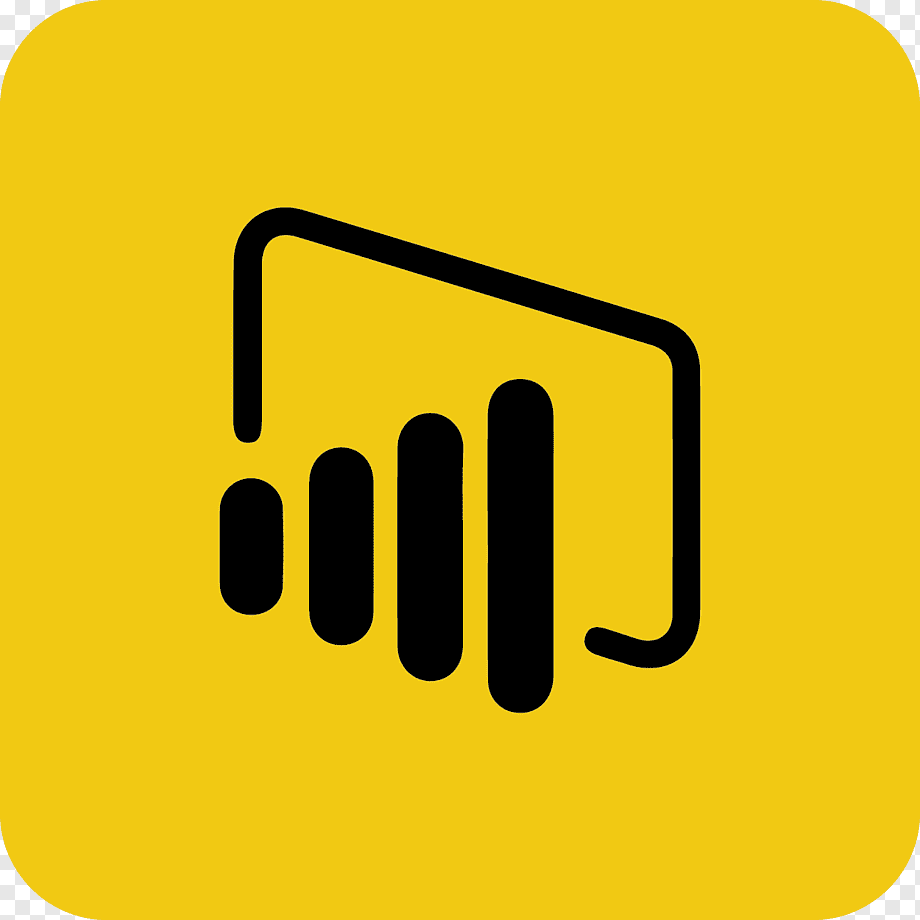In today’s business, organizations rely on various tools and techniques to make informed decisions. Two key methodologies that play a crucial role in this domain are data analytics and business intelligence (BI). While often used interchangeably, these terms represent distinct approaches to extracting insights from data.
In this article, we will delve into the world of data analytics and business intelligence. We’ll unravel their differences, explore their applications, and understand how they complement each other.
Data Analytics

Data analytics involves the exploration, examination, and interpretation of data. It helps extract meaningful insights and drive informed decision-making. It encompasses various techniques and processes that allow organizations to uncover patterns, trends, and relationships within their data.
Data analytics can be categorized into three main types:
Descriptive Analytics
Descriptive analytics focuses on analyzing historical data to understand what has happened in the past. It involves summarizing and visualizing data to gain insights into trends, patterns, and key performance indicators (KPIs). By leveraging descriptive analytics, organizations can develop a comprehensive understanding of their performance.
Predictive Analytics
Predictive analytics utilizes historical data and statistical modeling techniques. It helps make informed predictions about future events or outcomes. It involves analyzing patterns to forecast trends, anticipate customer behavior, and make proactive decisions. Predictive analytics empowers organizations to mitigate risks, identify opportunities, and optimize their strategies based on anticipated outcomes.
Prescriptive Analytics
Prescriptive analytics goes beyond predicting future outcomes. It leverages advanced algorithms, optimization techniques, and simulation models to provide recommendations on the best course of action. By considering multiple scenarios, prescriptive analytics helps organizations achieve optimal results. It enables businesses to take proactive steps toward improving their operations, mitigating risks, and maximizing efficiency.
Business Intelligence
BI focuses on transforming raw data into actionable insights. It involves collecting, organizing, analyzing, and visualizing data from various sources to generate reports, dashboards, and interactive visualizations.
Data Collection and Integration
Business intelligence starts with the collection and integration of data from different sources. This data consolidation process ensures that the information used for analysis is accurate, complete, and up-to-date.
Data Analysis and Reporting
Once the data is collected, business intelligence tools are employed to analyze the data and generate reports. These reports provide stakeholders with a comprehensive view of the organization’s performance, KPIs, and key metrics. BI reports are typically tailored to the specific needs of different departments of the organization.
Data Visualization
One of the key aspects of business intelligence is data visualization. Visualization tools, such as charts, graphs, and interactive dashboards, are used to present complex data in a visually appealing and easily understandable format. Data visualization enables stakeholders to gain insights at a glance. This way they can identify trends, outliers, and patterns within the data.
Benefits Of Data Analytics And Business Intelligence

Both data analytics and BI offer a range of benefits that contribute to an organization’s success. Let’s explore the advantages of each approach:
Advantages of Data Analytics
- Actionable Insights: Analytics uncovers valuable insights from large and complex datasets. It provides organizations with actionable information to make informed decisions.
- Anticipating Trends: Predictive analytics helps organizations identify emerging trends. That helps them forecast market demand and stay ahead of the competition.
- Optimized Decision-Making: Prescriptive analytics offers recommendations and optimization techniques. It supports decision-makers in selecting the best course of action.
- Improved Efficiency: Data analysis streamlines processes, identifies bottlenecks and enables organizations to optimize their operations.
- Innovation and Growth: By harnessing the power of data, organizations can identify new opportunities, drive innovation, and foster growth.
Advantages of Business Intelligence
- Holistic View of the Business: BI consolidates data from various sources. It provides stakeholders with a comprehensive view of the organization’s performance and enables them to make data-driven decisions.
- Interactive Visualizations: Business intelligence tools offer interactive charts, graphs, and dashboards. It enhances data exploration and understanding.
- Timely and Accurate Reporting: BI generates reports and dashboards in real-time. It ensures stakeholders have access to up-to-date and accurate information.
- Strategic Planning: Business intelligence facilitates strategic planning by providing insights into market trends, customer behavior, and performance metrics.
- Improved Collaboration: BI fosters collaboration by enabling stakeholders to share and discuss data. It ensures everyone is aligned and working towards common goals.
The Collaborative Nature of Data and Business Intelligence
While data and business intelligence have their unique roles, they collaborate to drive better outcomes. Here’s how they work together:
1. Data Flow and Integration
Data analytics performs the essential task of collecting, cleansing, and modeling data to ensure its accuracy. The output of analytics feeds into business intelligence systems. It enables seamless integration and data flow. By leveraging the insights generated from data analytics, BI tools can provide a unified and comprehensive view of the organization’s data.
2. Enriching Analysis Capabilities
Data brings advanced analytical capabilities to the table, such as predictive analytics and prescriptive analytics. These techniques enable organizations to forecast future trends, simulate scenarios, and optimize decision-making processes. Business intelligence platforms leverage these capabilities. It provides decision-makers with powerful tools to understand the implications of data insights on business strategies.
3. Streamlined Data Exploration and Visualization
Business intelligence tools enhance data by providing interactive dashboards, visualizations, and exploration. These features enable us to dive deeper into the data, identify trends, and gain actionable insights. BI systems allow for real-time monitoring, drill-down analysis, and collaboration. It empowers users to extract the maximum value from data analytics results.
Leveraging the Power of Data-Driven Decision Making

The combination of data and BI empowers organizations to make data-driven decisions with confidence. By leveraging the complementary nature of these disciplines, businesses can achieve the following:
Holistic Understanding of Operations
The collaboration between data and business intelligence provides organizations with a holistic understanding of their operations. Data analytics uncovers hidden patterns, identifies bottlenecks, and highlights opportunities for improvement. BI consolidates these insights into clear and actionable reports. It enables decision-makers to gain a comprehensive overview of the organization’s performance.
Mitigation of Risks and Identification of Opportunities
The integration of data analytics and business intelligence enables organizations to mitigate risks and identify opportunities. Predictive analytics and prescriptive analytics techniques help forecast future outcomes, assess risks, and optimize strategies. By leveraging these insights, organizations can take preventive measures, capitalize on emerging opportunities, and stay ahead of the competition.
Continuous Improvement and Growth
Analytics and BI facilitate a culture of improvement and growth within organizations. By monitoring KPIs and leveraging real-time data, businesses can identify areas for optimization, drive operational efficiencies, and fuel innovation. The insights gained from these methods contribute to strategic decision-making. It enables organizations to adapt to market dynamics, customer behavior, and industry trends.
Use Cases and Industry Trends
Data analytics and business intelligence are revolutionizing numerous industries and driving innovation. Organizations across sectors leverage these methodologies to gain a competitive advantage. Some notable use cases include:
- Retail: Retailers utilize data and BI to analyze customer purchasing patterns, optimize inventory management, and personalize marketing campaigns.
- Finance: Financial institutions rely on data analytics and business intelligence to monitor market trends, assess risks, and make data-driven investment decisions.
- Healthcare: Data analytics and BI play a pivotal role in healthcare. It enables researchers to analyze patient data, identify disease patterns, and develop personalized treatment plans.
As technology continues to advance, analytics and BI are evolving. Trends such as self-service analytics, augmented analytics, and AI-powered insights are shaping the future of these methodologies. Organizations are increasingly relying on real-time analytics, advanced visualization techniques, and cloud-based solutions to gain a competitive edge.
Conclusion
In conclusion, data and business intelligence are two distinct methodologies that play crucial roles in today’s business landscape. While they have unique features and applications, they are complementary. They work together to drive data-driven decision-making within organizations. Understanding the differences and synergies between data analytics and BI is essential for businesses seeking to harness the full potential of their data.
Thank you for reading this article! If you’re interested in learning more about data analytics, business intelligence, and their applications, feel free to visit AI Data House for additional resources and insights.










